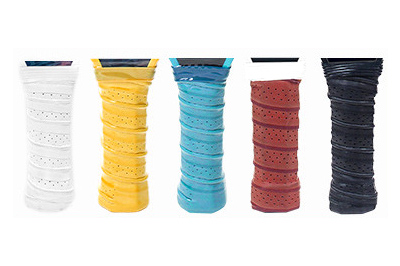polymer matrix composite
1. Classification according to the type of matrix resin
Thermosetting resin matrix composites
Features: irreversible after curing, high temperature resistance, high rigidity, but difficult to recycle.
Commonly used resins:
- Epoxy resin (aviation, wind turbine blades)
- Unsaturated polyester (automotive parts, ship hulls)
- Phenolic resin (ablation resistant material)


Aircraft wings

F1 car bodies

high-pressure piping

Thermoplastic resin matrix composites
Features: It can be reheated and reshaped repeatedly, fast processing and recyclable, but the temperature resistance is low.
Commonly used resins:
- Polypropylene (PP) - automotive interiors
- Polyamide (PA, Nylon) - gears, bearings
- Polyetheretherketone (PEEK) - Aerospace grade components

3D printed parts

consumer electronics shells
2. Classification according to the morphology of the reinforcement
Fiber-reinforced polymer (FRP)
Continuous fiber reinforcement:
- Carbon fiber/epoxy resin (CFRP): The main load-bearing structure of the aircraft
- Fiberglass/polyester (GFRP): wind turbine blades, yachts
- Kevlar (Kevlar) / Epoxy: Bulletproof armor
- Chopped fiber reinforcement: For injection molded parts (e.g. car bumpers).


Aerospace
Carbon fiber/epoxy (30%+ weight reduction).

New energy vehicles
glass fiber/polypropylene battery box (lightweight).

Medical
Carbon fiber/PEEK (orthopedic implants).

Construction
GFRP reinforcement (alternative to steel for corrosion protection).
summary
The core of the classification of polymer matrix composites lies in the combination design of matrix resin and reinforcement, which can accurately meet various needs from structural load-bearing to functional intelligence by adjusting the proportion and structure of the two, and is the key material for modern industrial lightweight and high-performance.
